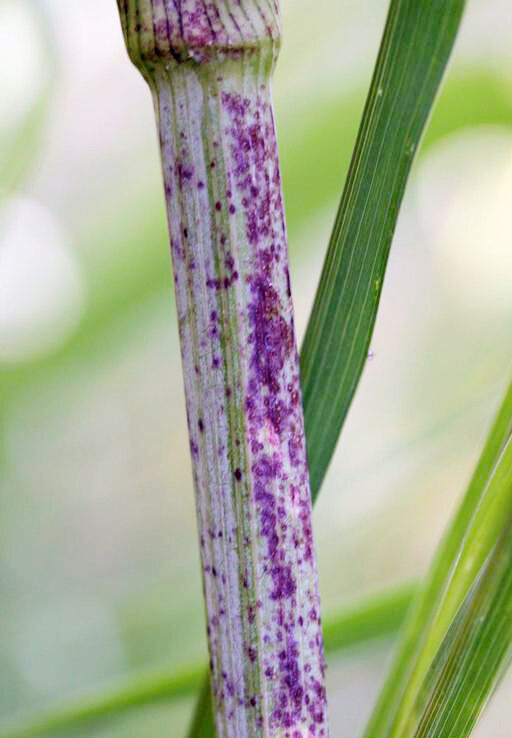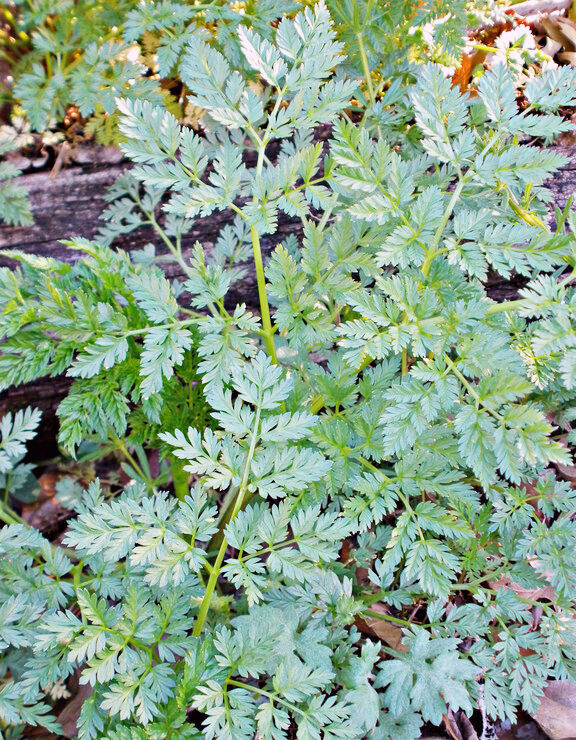Beware poison hemlock in bloom throughout Pa.
Poison hemlock, an invasive species – and the plant responsible for the death of the Greek philosopher Socrates – is in full bloom in Pennsylvania.
Poison hemlock is part of the carrot family, but is toxic to humans and livestock.
“It’s actually a beautiful plant. It’s a shame that it’s deadly,” said Sandy Feather, an extension educator for Penn State Extension in Pittsburgh. “It is really deadly for livestock. Everything about it is toxic.”
And the plant, which can produce as many as 38,000 seeds, spreads easily.
It is commonly found along roadsides and fence lines, and in fields and wet areas.
Poison hemlock grows roughly 6 feet high and has a tall, hollow stalk marked with purple splotches. Its white, lacy, umbrella-like flowers grow in small clusters. It resembles another member of the carrot family, Queen Ann’s lace.
The plant has a musty odor, and smells like parsley when it’s crushed. The seeds can cling to fur, clothing, farm equipment and vehicles.
The plant was first brought to the United States from Europe in the 1800s as a garden plant.
“Ornamental horticulture has brought us many things we regret,” said Feather.
Poison hemlock can be fatal to humans, livestock, and horses, and can cause birth defects in livestock. However, bees, which are attracted to the flowers, don’t seem to be affected, Feather said.
Like poison ivy, it can also cause a severe rash in people who are sensitive.
The Department of Nature and Conservation treats for poison hemlock on state forest lands, along roads and paths. The state Department of Transportation treats for it along highways.
The plant contains coniine, which affects the motor nerves, and all parts of the plant, especially the seeds, are highly toxic. Ingesting it can result in muscular paralysis of the respiratory system, leading to respiratory failure.
When Socrates was sentenced to death in 399 BC, it is believed that poison hemlock mixed with tea killed him.
Anyone who handles poison hemlock should wear gloves and pants, experts advise.
“I see it everywhere. It’s actually fairly common, and it certainly seems to be getting worse,” said Feather.
The Penn State Extension advises teaching children not to pick pretty wildflowers when they don’t know what they are, or when they aren’t on your property.
When in doubt, stay clear.
It also advises against burning poison hemlock or mowing it without wearing long sleeves and long pants.
Contact your county PSU Extension Office for instructions on safely removing it from your property.




